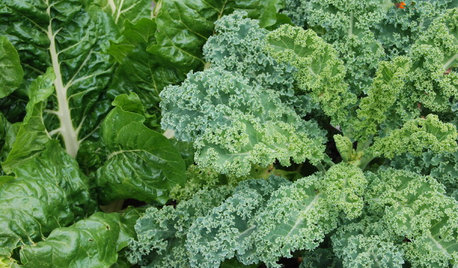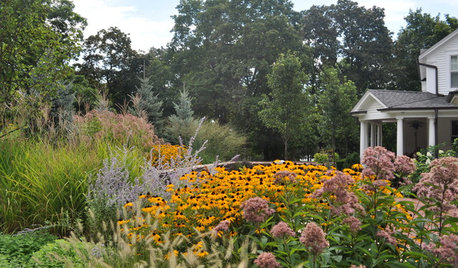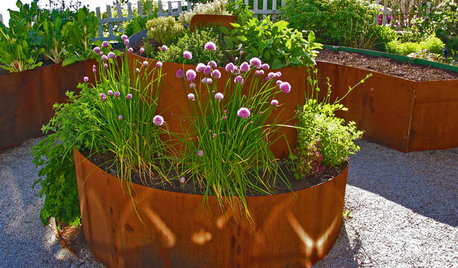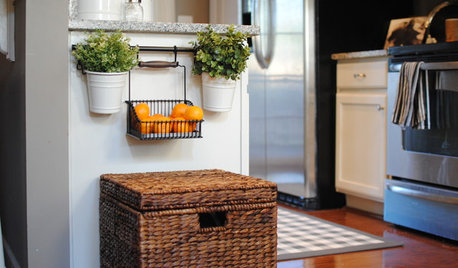can you direct sow cold weather veggies in FL?
kawaiineko_gardener
10 years ago
Related Stories

WINTER GARDENINGExtend Your Growing Season With a Cold Frame in the Garden
If the sun's shining, it might be time to sow seeds under glass to transplant or harvest
Full Story
HOUSEKEEPINGLower Your Heating Bills With Some Simple Weather Stripping
Plug the holes in your house this winter to make sure cold air stays where it belongs: outside
Full Story
FALL GARDENINGFrost-Hardy Foliage That Loves a Cold-Climate Garden
When winter cuts a bleak swath through other plants, these edibles and perennials flourish brilliantly
Full Story
FARM YOUR YARDHow to Build a Raised Bed for Your Veggies and Plants
Whether you’re farming your parking strip or beautifying your backyard, a planting box you make yourself can come in mighty handy
Full Story
PETS5 Finishes Pets and Kids Can’t Destroy — and 5 to Avoid
Save your sanity and your decorating budget by choosing materials and surfaces that can stand up to abuse
Full Story
GARDENING GUIDESPacific Northwest Gardener: What to Do in September
Put in cool-weather veggies, fertilize your lawn and tidy the garden this month before chilly weather arrives
Full Story
MONTHLY HOME CHECKLISTSYour Fall Home Maintenance Checklist
Prep your house and yard for cold weather with this list of things to do in an hour or over a weekend
Full Story
URBAN GARDENSContainers Make Growing Edibles a Cinch
If life hands you a lack of land, grow lemons — with a few basics, you can proudly reap the fruits, veggies and herbs of your labor
Full Story
EDIBLE GARDENSHow to Grow Your Own Sweet Summer Crops
This guide will help any gardener get started on growing the freshest warm-season veggies and berries for summer
Full Story
KITCHEN STORAGESmart Storage for Fresh, Tempting Produce
Keep fruits and veggies in easy reach with baskets, refrigerated drawers and cabinet pullouts, to stay healthy all winter long
Full Story







zzackey
L_in_FL
Related Professionals
Forest Acres Landscape Architects & Landscape Designers · Jennings Landscape Architects & Landscape Designers · Salem Landscape Architects & Landscape Designers · Surprise Landscape Contractors · Fair Oaks Landscape Contractors · Merced Landscape Contractors · Wareham Landscape Contractors · Vadnais Heights Landscape Contractors · Lake Arrowhead Decks, Patios & Outdoor Enclosures · Marlboro Decks, Patios & Outdoor Enclosures · Natick Decks, Patios & Outdoor Enclosures · Prichard Decks, Patios & Outdoor Enclosures · Annapolis Siding & Exteriors · Levittown Siding & Exteriors · Oak Forest Siding & Exteriorspnbrown
carolb_w_fl_coastal_9b
kawaiineko_gardenerOriginal Author
zzackey
L_in_FL
Hham